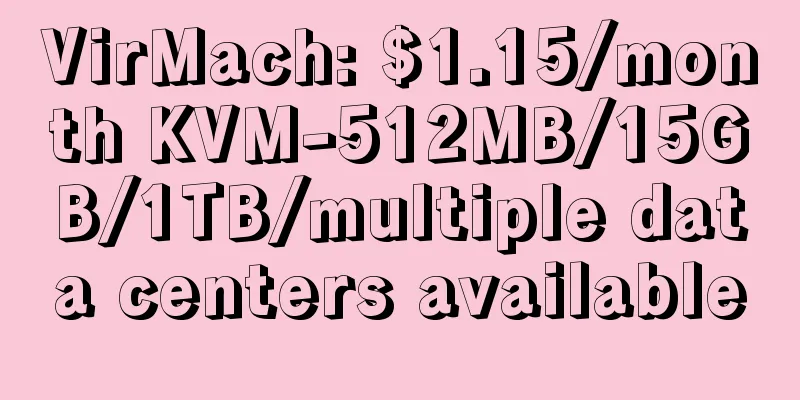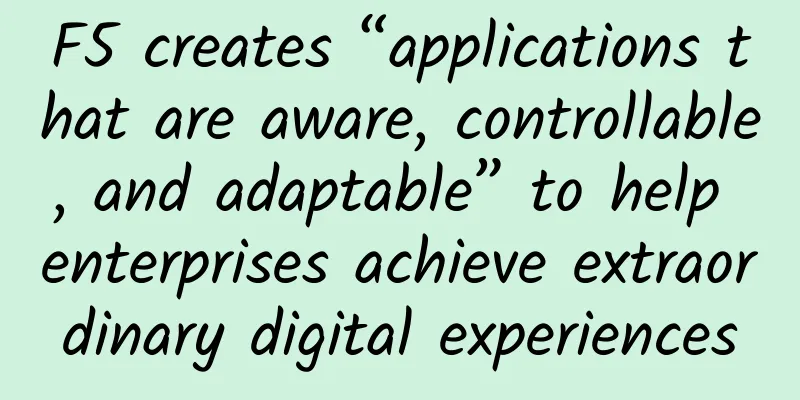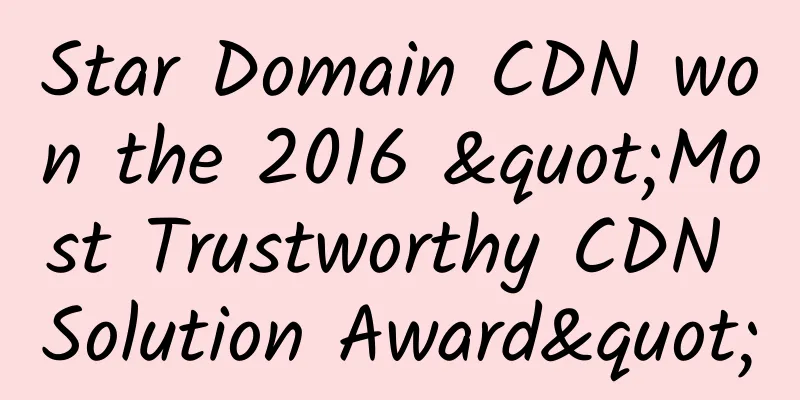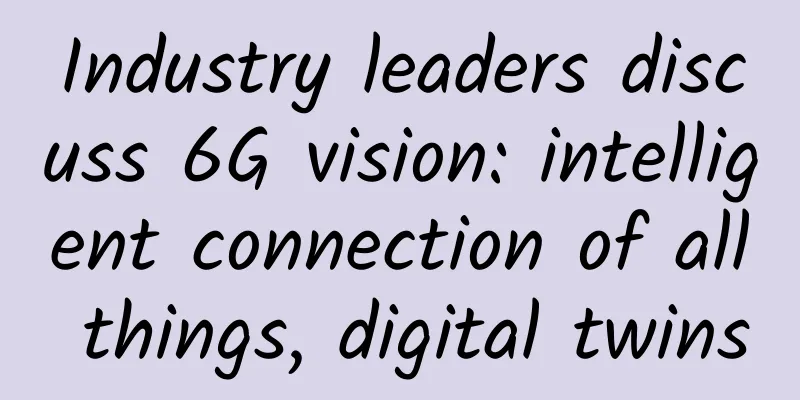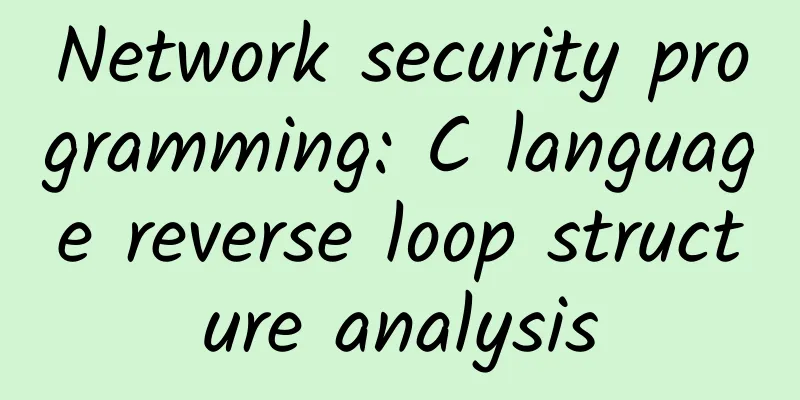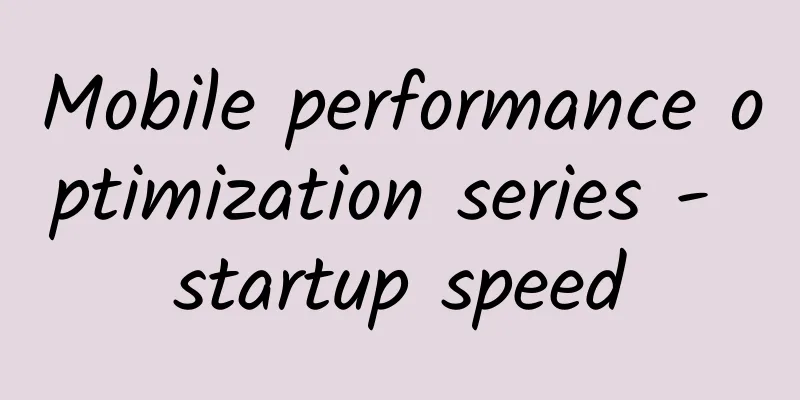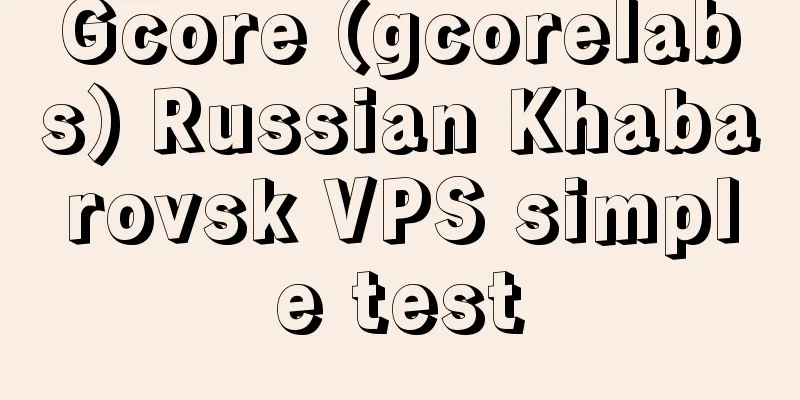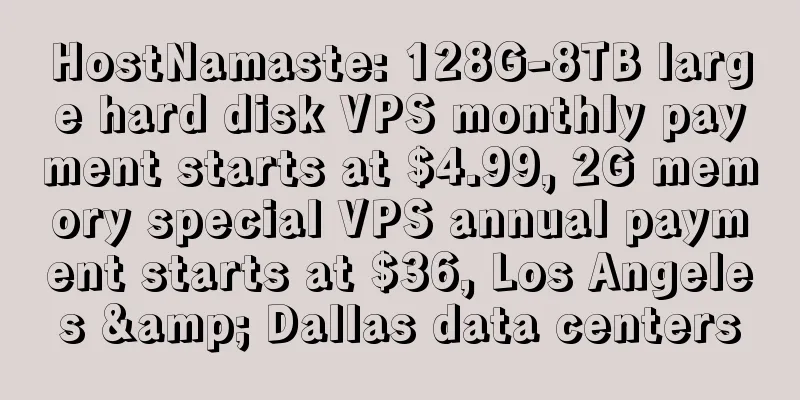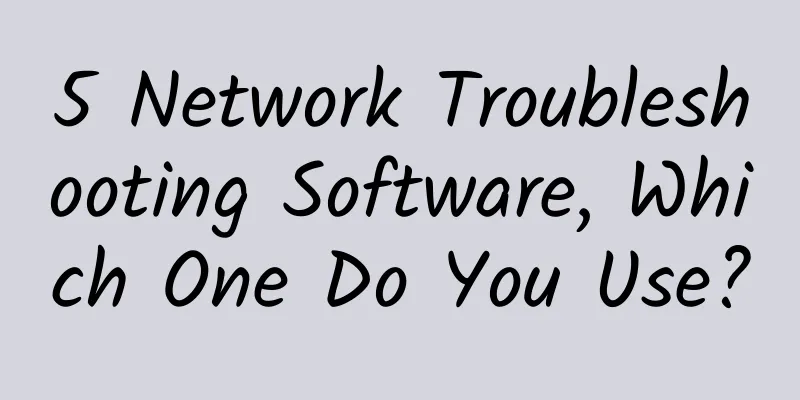AI and blockchain: What kind of sparks will the collision of these two popular technologies create?

|
Editor's note: Blockchain and AI are the two hottest technology directions today. In the eyes of ordinary people, these two technologies seem to have little overlap, because blockchain and AI belong to the two extremes of the technology spectrum: one is to cultivate centralized intelligence on a closed data platform, and the other is to promote decentralized applications in an open data environment. However, data strategist, technology investor and AI consultant Francesco Corea believes that the integration of AI and blockchain may have a revolutionary impact on the entire technology paradigm. Let's see how he analyzes it. It is undeniable that AI and blockchain are two important technologies that promote the pace of innovation and introduce dramatic changes to every industry. Each technology has its own technical complexity and business impact, but if these two powerful forces are combined, they may redesign the entire technological paradigm (and humanity) from scratch. This article aims to take a peek at the potential of the convergence of AI and blockchain and discuss the standard definition, challenges and benefits of this alliance, as well as some interesting players in the field. I. Be prepared I've been talking and writing about AI for a while now, so I won't waste time defining what AI is and what it is not. However, I haven’t touched on the topic of blockchain and cryptocurrency so far, so I will use this first part to introduce what blockchain is and how it works.
In short, blockchain is “a technology that allows people who don’t know each other to trust a shared record of events.” Data is stored in rigid structures called blocks, which are linked to each other in a chain through hash values (each block contains a timestamp and a link to the previous block through its hash value). Blocks have a header (which contains metadata) and a body containing the actual transaction data. Since each block is linked to the previous one, it is extremely difficult to tamper with any information without the consensus of the network as the number of participants and blocks continues to grow. The network can verify transactions through different mechanisms, but there are two main mechanisms, one is "proof-of-work" and the other is "proof-of-stake". Proof-of-work (Satoshi, 2008) requires participants (called "miners") to solve complex mathematical problems to add blocks, which in turn require a lot of electricity and hardware capabilities to decode. Proof-of-stake (Vasin, 2014), on the contrary, tries to solve this energy efficiency problem and give more mining power to participants with more currency (proof-of-stake has many derivatives, and its famous "ledger fork problem" has also raised some doubts). Other mechanisms include Byzantine Fault Tolerance (Castro and Liskov, 2002), Quorum Slicing (Mazieres, 2016), and various derivatives of Proof of Stake, but we will not discuss that for now. The last feature that needs to be explained is the classification of blockchains according to different network access rights, such as whether anyone can browse freely (permissionless vs permissioned), or participate in the formation of consensus (public vs private). In the former case, anyone can access the ledger and read and write to it, while in the latter case, pre-determined participants have the right to join the network (of course, in the case of public permissionless, as a reward structure provided to miners). It should be clear by now that the essential power of this technology is not just that it is disruptive, but that it is a foundational technology that aims to “change the intermediation landscape.” Distributed ledger technology does reduce the costs of verification and networking, which in turn affects market structure and ultimately enables the formation of new markets. In recent work, Iansiti and Lakhani (2017) also provide a fascinating comparison between blockchain and TCP/IP, showing how blockchain has slowly gone through the same four stages that previous foundational technologies such as TCP/IP have gone through: single use, localized use, substitution, and transformation. As they explain, the “newness” of such a technology makes it difficult to understand the solution domain, while its “complexity” requires a larger institutional shift to foster a more conducive adoption climate. However, one thing is also true, that is, blockchain is changing traditional business models and distributing value in a direction that is opposite to the previous technology stack: if investing in applications made more sense than investing in protocol technology 15 years ago, in the blockchain world, value will be concentrated in the shared protocol layer, and the profit level at the application layer will be very meager (see Joel Monegro's "fat protocol" theory). This is a stack consisting of "fat" protocols and "thin" applications ——Joel Monegro Finally, to end this introductory chapter, I would also like to mention that the possibilities of blockchain are not limited to transactions, but also to the creation of (smart) contracts that are triggered by specific events and thresholds and can be easily traced and audited. Additional Information: Initial Coin Offering (ICO) A big part of the hype surrounding this new phenomenon is the Initial Coin Offering (ICO). Even though many people are throwing money at it because the name evokes the most common (and most valuable) Initial Public Offering (IPO), an ICO is nothing more than a sale of tokens, which are the smallest functional unit of a particular network. Hopefully ICO experts will forgive my crude definition, but an ICO is a hybrid concept that combines elements of equity distribution, pre-sale/crowdfunding campaigns, and currencies with limited powers and application domains. The introduction of a new unregulated means of raising funds is definitely an interesting innovation, but it also raises several concerns in a community that is not ready yet. I would love to hear your feedback, but here are the key points to consider when evaluating ICOs:
II. How AI will change blockchain While blockchain is extremely powerful, it has its own limitations. Some of these are technology-related, while others stem from the old-school culture inherent in the financial services sector, but all of them will be impacted by AI in some way:
III. How blockchain changes AI In the previous section, we quickly touched on the impact that AI might eventually have on blockchain. Now let’s flip the tables and look at how blockchain might impact the development of machine learning systems. In more detail, blockchain can:
Although the interaction between AI and blockchain technology can bring many benefits, there is still a big problem that bothers me. AI was born in an open source environment where data is the real moat. But as this data becomes democratized (and software becomes open source), how can we ensure AI can succeed and continue to grow? What will be the new moat? My only guess at this stage is... talent. IV. Decentralized Smart Company There are many startups working on blockchain and cryptocurrency. However, I am only interested in those working on the intersection (or integration) of AI and blockchain technology, which are obviously not very common. Such companies are mainly concentrated in San Francisco and London, but there are also examples in New York, Australia, China and European countries. The number of startups in this category is really small, so it’s hard to further categorize them. I usually like to try to understand the underlying model of a group of companies and the impact/type of application they have on the industry, but given the small number of data points, it’s difficult to do such analysis here, so I’ll simply categorize them as follows: Decentralized intelligence: TraneAI (training AI in a decentralized manner); Neureal (peer-to-peer AI supercomputing); SingularityNET (AI marketplace); Neuromation (comprehensive dataset generation and algorithm training platform); AI Blockchain (multi-application intelligence); BurstIQ (healthcare data marketplace); AtMatrix (decentralized robotics); OpenMinedproject (data marketplace for training machine learning locally);
Here are some reviews: It is interesting to see that many AI-blockchain companies have advisory boards that are larger than the team size. This may be an early sign that the convergence is not yet complete, indicating that we don’t know more than we do know; I’m personally very excited to see the first category of startups grow (decentralized intelligence), but I also see huge growth in conversational and predictive platforms, as well as intellectual property. I categorized the other examples as “miscellaneous” because I don’t think they represent specific categories at this stage, but rather individual attempts to pair AI with blockchain; Evaluating these companies is extremely difficult. The websites are often cryptic, making it unclear what they do and how they do it (which is a bit contrary to the transparency you buy into blockchain for), and the technology requires a high-tech education to fully evaluate it. It’s a difficult task to cut through the fog of hype, and it’s easy to be fooled. But let me give you a specific example: Ever heard of Magos AI? While researching the company for this article, I read several articles about this AI-driven blockchain prediction platform company (from Wired, Prnewswire, etc.) that had just completed an ICO of over $500,000 and made big promises about its deliverables. But if you think they should share the ICO materials/information and want to check their website, their website is weirdly not accessible. Of course, sometimes this happens. But I was still not satisfied because I read about it in Wired and I wanted to know more. I managed to find out who its co-founder is, but I can't find his profile on Linkedin. Another weird thing. But some people don't like social activities, especially if you consider that there was no sign of the company three months ago. Let's take a look at the other team members. There is no information either, and I can't find any traceable evidence of their past experience (except that the CTO is an analyst, but I can't find any evidence of this). I tried to dig deeper into their technology: I wanted to find their white paper, blue paper, yellow paper, or whatever book. But I could only find relevant comments, but no text. Two final points: I don’t consider myself a blockchain expert at all, but I’ve read a lot about it. And I also believe I’m pretty knowledgeable about AI and what’s going on in the industry. These guys claim to have built 5 different neural networks that can achieve the same accuracy in different areas that are more complex than Libratus (or DeepStack), but I’ve never heard of such a network - which is very strange. Well, maybe I can write to them and ask to meet and get to know them. But you know what? Their address is AXA’s Zurich office. After 5 minutes of research, I finally Googled two keywords: "Magos scam". It seems that these guys ran away with the money. They must have gone somewhere to build that neural network. So please keep an eye on it. My view is that exponential technology is very good and can advance human development, but as the benefits it brings increase, the potential for "negative integration" will also increase exponentially. Be vigilant. V. Conclusion Blockchain and AI are two extremes of the technology spectrum: one is to cultivate centralized intelligence on a closed data platform, and the other is to promote decentralized applications in an open data environment. However, if we can find a smart way to make these two work together, the total positive externalities can be magnified instantly. The fusion of these two technologies certainly has technical and ethical implications, such as how should we edit (or even forget) data on the blockchain? Is an editable blockchain a solution? Will the fusion of AI-blockchain push us down the path of becoming data hoarders? Honestly, I think the only thing we can do is keep experimenting. |
<<: These core Internet protocols are gradually changing
>>: Net neutrality dies at 2 years old
Recommend
Wi-Fi 6 is here: These 12 questions will clarify it for you
5G is here, and WiFi 6 is here too. Everyone has ...
IPv6 basics explained in one minute
1. IPv6 Background The most fundamental change of...
Beavers chew through fiber optic cables, leaving Canadian community without internet for a day and a half
According to foreign media reports, a few weeks a...
Animation: How to answer the interviewer's question about TCP congestion control?
Previously, we shared the network layering protoc...
Xiao Yaqing, Minister of Industry and Information Technology: Promote the deep integration of 5G, Internet, big data, artificial intelligence and manufacturing
[[432534]] On November 1, the World Advanced Manu...
[Black Friday] DediPath: Dedicated servers in multiple data centers in San Jose/Los Angeles/New York/Dallas starting from $39/month
A few days ago, we shared the Black Friday VPS pr...
The ranking of countries with the fastest internet speeds in the world has been revealed!
Computers and the Internet are one of the greates...
How to Unlock a Network
Application-centric networking enables their ente...
Factors that cannot be ignored in enterprise development strategy: the outstanding value of APM in cloud migration
IT departments are becoming more and more strateg...
Ruijie Cloud Desktop leads the trend and more than 500 experts discuss smart education
On October 19, the "2018 University Smart Ed...
Let’s talk about 6G development
As of now, the fifth generation (5G) mobile commu...
80VPS: Japan/Hong Kong VPS annual payment starts from 299 yuan, Los Angeles VPS annual payment starts from 199 yuan
80VPS, a well-established Chinese hosting company...
Gigsgigscloud Japan CN2 Special Package Simple Test
The day before yesterday, we shared the product i...
There is a new way to attack wireless routers, and the password is dangerous
A new way to attack wireless routers has been dis...
[Black Friday] LiteServer: 60% off VPS in the Netherlands, large hard drive VPS/large traffic VPS monthly payment starting from 2.4 euros
LiteServer's Black Friday promotion lasts unt...
